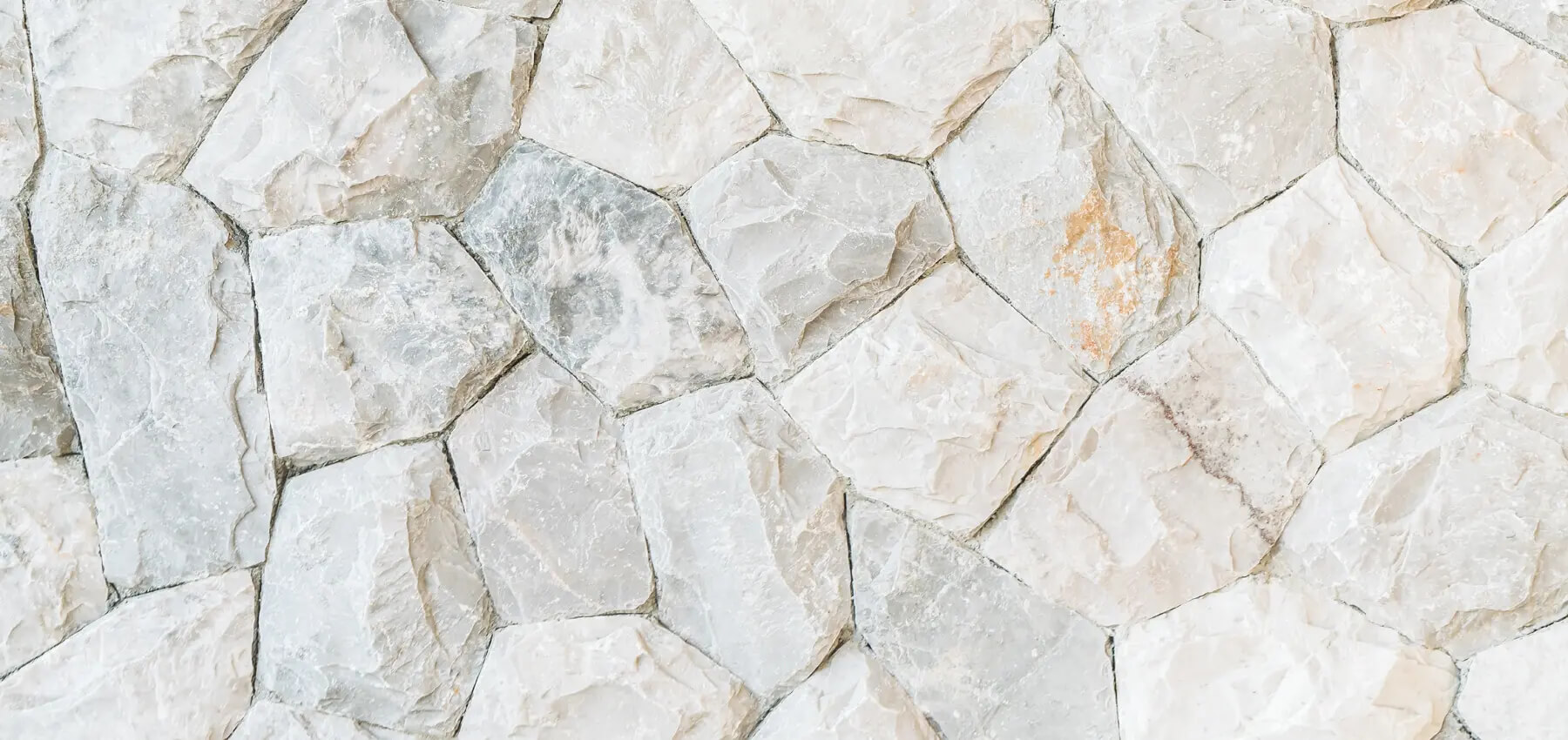8 月 . 21, 2024 14:33 Back to list
Exploring the Mystique and Beauty of Nephrite Green Jade in Jewel Design
The Allure of Nephrite Green Jade
Jade has held a significant place in human culture for thousands of years, particularly in Asia and Mesoamerica. Among the varieties of jade, nephrite stands out for its beauty, historical significance, and unique properties. This article explores nephrite green jade, its origins, meanings, uses, and the reasons for its enduring popularity.
Origins of Nephrite Green Jade
Nephrite is a type of mineral known as a silicate and belongs to the amphibole group. It is primarily composed of calcium and magnesium, and its formation occurs in metamorphic rock environments. The primary sources of nephrite green jade include regions in China, particularly Xinjiang, and New Zealand, where it is known as pounamu or greenstone. Nephrite has a dense, tough structure, allowing artisans to carve intricate designs that showcase its stunning color variations, which range from deep emerald to lighter shades of green.
Cultural Significance
Throughout history, nephrite green jade has been more than just an ornamental stone; it is imbued with deep cultural and spiritual significance
. In Chinese culture, jade is considered a symbol of purity, moral integrity, and protection. It is often associated with longevity, good fortune, and the embodiment of the virtues of wisdom and courage. The Chinese have been carving jade for over 5,000 years, and many ancient artifacts display the intricate craftsmanship of nephrite jade, showcasing its importance in rituals and ceremonies.In addition to its reverence in China, nephrite holds significance in Maori culture in New Zealand. The Maori people regard pounamu as a taonga, or treasure, and it symbolizes strength, endurance, and the connection to ancestors. Carvings and ornaments made from nephrite green jade are often passed down through generations, emphasizing the deep-rooted relationship between the stone and cultural identity.
nephrite green jade

Uses in Art and Jewelry
Nephrite green jade’s durability makes it an ideal medium for artisans and jewellers. Its appealing color and smooth texture allow for the creation of various objects, from small carvings and pendants to large sculptures. In jewelry, nephrite is often found in bracelets, necklaces, and rings, cherished not just for its aesthetic qualities but also for the belief that it can bring about emotional healing and tranquility to the wearer. The intricate carvings often tell stories or convey symbols of love, protection, and peace.
Modern Popularity
The allure of nephrite green jade continues in contemporary society. It is sought after in the luxury market, often fetching high prices due to its rarity and the skill required to craft it. New designs and interpretations of jade jewelry have emerged, appealing to younger generations while retaining the respect for tradition. Moreover, the trend of natural and sustainable materials in fashion and design has propelled nephrite back into the spotlight, as consumers become more aware of the environmental impact of their choices.
Conclusion
Nephrite green jade is more than just a beautiful stone; it is a testament to human creativity, spiritual beliefs, and cultural heritage. Its deep-rooted significance in various traditions, coupled with its practical uses in craftsmanship and jewelry, ensures that nephrite jade will remain a cherished treasure for generations to come. Whether admired in a museum, worn as jewelry, or passed down in family heirlooms, nephrite green jade embodies timeless beauty and profound meaning.
-
Tumbled Nephrite Jade in Feng Shui: How to Attract Balance and Prosperity
NewsOct.18,2024
-
Nephrite Jade in Home Décor: Bringing Earthy Elegance to Your Living Space
NewsOct.18,2024
-
How to Spot Authentic Tumbled Nephrite Jade: A Buyer’s Guide
NewsOct.18,2024
-
Healing Properties of Tumbled Nephrite Jade: A Look into Ancient Wellness Practices
NewsOct.18,2024
-
Ethical Sourcing of Nephrite Jade: Ensuring Sustainable and Fair Trade Practices
NewsOct.18,2024
-
Caring for Your Tumbled Nephrite Jade: Maintenance Tips for Longevity
NewsOct.18,2024






